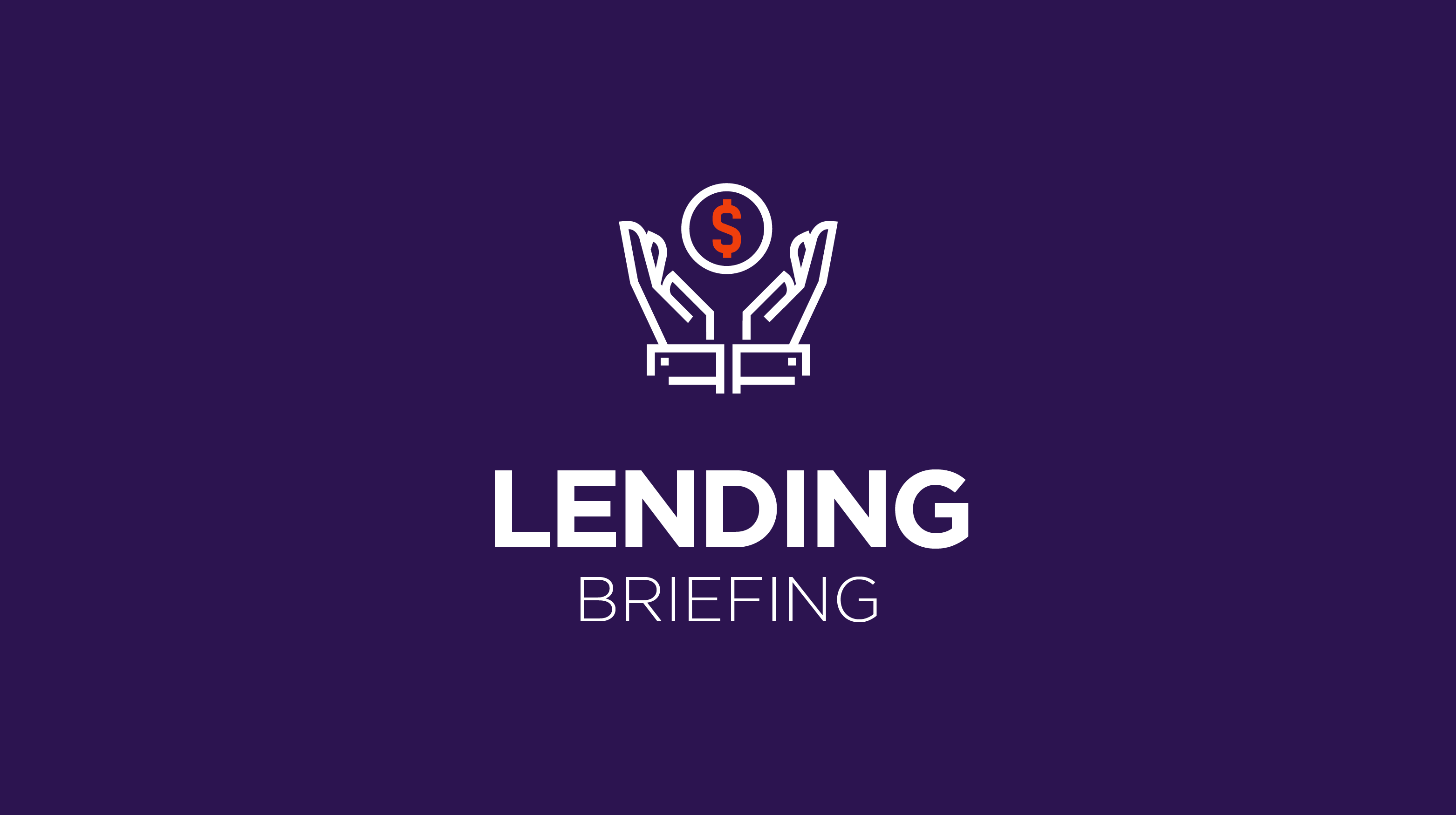Member Exclusive, Online Lenders
Lending Briefing: The SMB Brexit, and digital lending VC funding
- Given the recent announcement from expense management platform Brex to stop serving SMBs, how are its competitors looking to address the market?
- We also take a look at the first quarter VC funding in fintech, and how lending compares to other verticals in the space.








